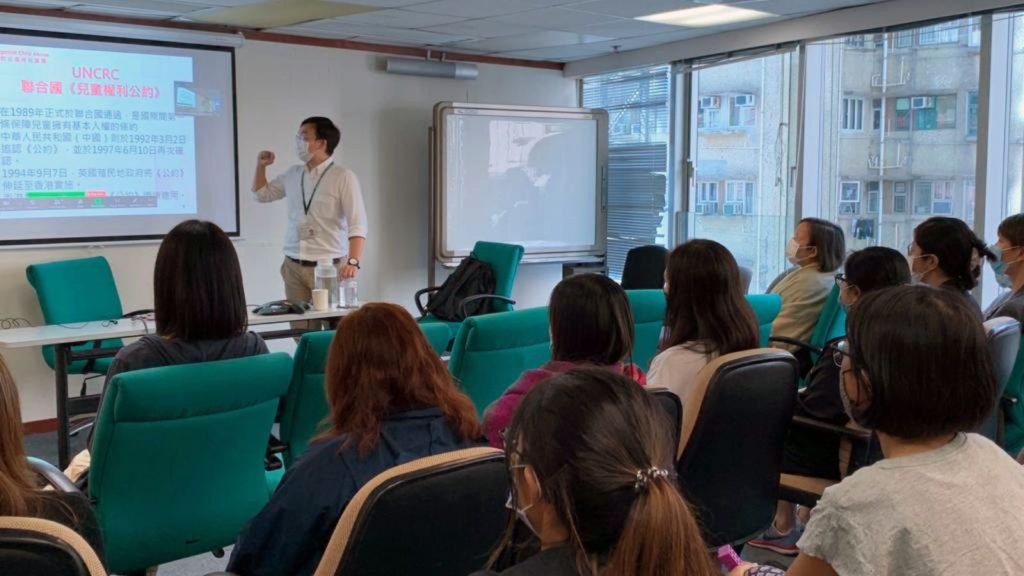Introduction
Education is constantly evolving, and with it, the spaces where learning takes place. Traditional classrooms are often confined by physical space and rigid structures, but the concept of Classroom 15x goes beyond mere expansion of these walls. Instead, it represents a fundamental shift in how we approach education, aiming to amplify learning by integrating innovative strategies that promote collaboration, creativity, critical thinking, and technology.
The term “15x” encapsulates the multiplier effect: the idea that learning can be exponentially enhanced through intentional changes in the way we teach, learn, and engage with content. In this article, we explore how Classroom 15x reimagines the educational experience and its potential to transform the way we approach teaching and learning in the modern era.
What is Classroom 15x?
At its core, Classroom 15x is a model that seeks to create a space where learning is amplified and expanded. The “15x” refers not only to a physical size but also to the idea of enhancing the learning experience fifteen times over. It focuses on building an environment that facilitates student-centered learning, collaboration, and technological integration. Instead of merely increasing the square footage of a classroom, this model is about increasing the impact of every interaction that takes place within it.
Key Features of Classroom 15x
- Collaboration: Traditional classrooms often place students in a passive learning environment, where they are recipients of knowledge. In Classroom 15x, however, collaboration is encouraged through group work, peer-to-peer learning, and teamwork. Students engage in conversations, debates, and projects that require them to interact and problem-solve together, strengthening their ability to communicate and share ideas.
- Creativity: Classroom 15x incorporates creative activities and open-ended projects that stimulate students’ imaginations and problem-solving skills. The space is designed to foster creative thinking and allow students to explore ideas in a flexible, dynamic setting. This might involve design thinking, creative problem-solving, or even artistic endeavors that complement academic subjects.
- Critical Thinking: The model places a significant emphasis on critical thinking—challenging students to question, analyze, and reflect on the information they are presented with. By encouraging students to think deeply and evaluate various perspectives, Classroom 15x empowers them to become independent thinkers, better equipped to tackle real-world challenges.
- Technology Integration: Technology is an essential component of Classroom 15x. This model recognizes that modern education needs to be closely aligned with the digital world students live in. Whether it’s through digital tools, online collaboration platforms, virtual classrooms, or coding workshops, Classroom 15x integrates technology in ways that enhance the learning process. Students not only use technology but learn through it, developing essential digital literacy skills that are crucial in today’s society.
The Multiplier Effect of Classroom 15x
The “15x” multiplier effect is what sets this educational model apart from conventional classroom structures. It’s the idea that with the right strategies, the learning experience can be multiplied—allowing students to grasp and apply concepts at a much deeper level than traditional methods alone.
How the Multiplier Effect Works:
- Engagement and Motivation: When students are engaged, their motivation to learn increases. Classroom 15x uses strategies like interactive lessons, real-world applications, and collaborative projects to capture students’ attention and ignite their curiosity. As students actively engage, they retain information more effectively, amplifying the learning experience.
- Student Empowerment: In a Classroom 15x environment, students are empowered to take charge of their own learning journey. Teachers act as facilitators, guiding students as they navigate through self-directed projects and initiatives. This autonomy in learning enhances confidence and reinforces the concepts they learn.
- Peer Learning and Feedback: Peer-to-peer learning plays a significant role in Classroom 15x. By working together on group projects and assignments, students can teach each other, share ideas, and offer constructive feedback. This collaborative dynamic helps everyone learn faster and gain a deeper understanding of the material.
Designing the Classroom for Maximum Impact
A Classroom 15x is not limited to a physical space—it requires intentional design choices that support the educational philosophy of collaboration, creativity, and critical thinking.
Flexible Learning Spaces:
One of the key aspects of Classroom 15x is its flexibility. Classrooms are designed to easily adapt to different types of learning activities. Whether students are working in small groups, conducting hands-on experiments, or engaging in one-on-one discussions, the layout and arrangement of the room must support these varied activities. Flexible seating options, movable furniture, and breakout spaces allow for dynamic interaction and engagement.
Technology-Enabled Learning:
Classroom 15x is equipped with the latest technological tools to enhance learning experiences. Interactive whiteboards, tablets, laptops, and online learning platforms make it possible for students to collaborate digitally, access resources in real time, and engage with content in innovative ways. This also allows teachers to track student progress and provide personalized learning experiences.
Learning Zones:
Different areas within the classroom are designated for specific activities. These may include quiet zones for individual work, collaborative zones for group projects, and creative zones for brainstorming and artistic endeavors. These zones encourage students to engage with the material in various ways, accommodating different learning styles and needs.
Benefits of Classroom 15x
- Enhanced Learning Outcomes: The core goal of Classroom 15x is to maximize learning outcomes. By integrating collaboration, creativity, critical thinking, and technology, the classroom becomes a place where students can thrive and achieve their full potential.
- Personalized Learning: Every student learns at a different pace and in different ways. Classroom 15x promotes personalized learning paths that cater to individual needs, allowing students to progress at their own speed and focus on areas where they need the most support.
- Real-World Relevance: Classroom 15x connects classroom learning to the real world by encouraging students to solve real-life problems. Whether through project-based learning or partnerships with local businesses, students gain experience that prepares them for future careers and responsibilities.
- Future-Ready Skills: As technology and collaboration become more central to success in almost every industry, Classroom 15x helps students develop the skills they need to thrive in a digital, interconnected world. These include digital literacy, communication, problem-solving, and teamwork—skills that are essential for the future.
Conclusion
Classroom 15x represents a transformative approach to education that reimagines how learning takes place. By leveraging collaboration, creativity, critical thinking, and technology, the model creates an environment where learning is not only amplified but also more engaging, personalized, and relevant to today’s fast-changing world. The “15x” multiplier effect encapsulates the idea that with the right strategies and tools, students can achieve learning outcomes far beyond traditional methods. As we move toward a more dynamic and interconnected world, Classroom 15x offers a glimpse into the future of education.

